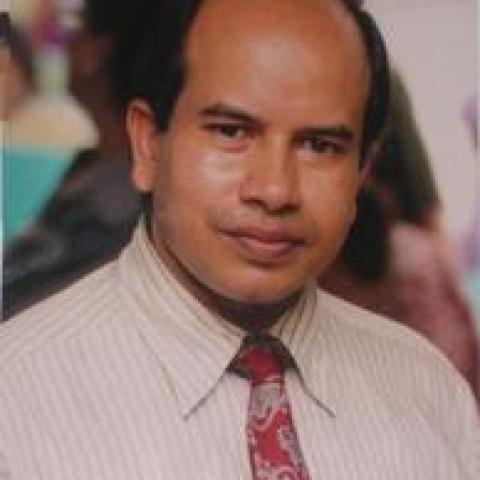Abstract
Abstract:
Society often lacks a sound understanding of the unique strengths and the challenges faced by blind people in
a world dominated by sight, and how to address these challenges effectively. My post-doctoral studies were designed
to fill this gap by investigating how people perceive and characterize objects, and by determining whether the tactile
perception of object properties is affected by the early visual experience. To understand tactile perception and tactile
beauty, what is appreciated, liked, or preferred, and why, is of prime importance for the improved functioning of
visually impaired people and the ergonomic design for their environment, which so far, has been examined only in
sighted individuals.
We addressed these questions in a large-scale behavioral study, followed by fMRI experiments in congenitally blind,
late-onset blind and blindfolded (sighted) participants using 3D tactile stimuli. We found that both blind and sighted
participants appreciated curved 3D tactile objects as significantly more pleasing than sharp 3D tactile objects, and
symmetric 3D tactile objects as significantly more pleasing than asymmetric 3D tactile objects. However, as compared
to the sighted, blind people showed better skills in tactile discrimination as demonstrated by accuracy and speed of
discrimination. We further demonstrated a large overlap and characteristic differences in the perceptual and aesthetic
judgment brain networks in the blind people compared to the sighted. Although both groups commonly recruit the
somatosensory and motor areas of the brain for 3D shape appreciation tasks, sighted people recruit more frontal whereas
blind people paradoxically recruit more classically visual brain areas, a difference that was more pronounced between
the sighted and the congenitally blind rather than between the sighted and the late-onset blind. These findings lead us
to conclude that cortical functional reorganization in the blind is not only a function of duration and level of visual
deprivation but is especially dependent on the onset time of such deprivation. Understanding of the underlying brain
mechanisms should have a wide range of important implications for ‘cutting-edge’ rehabilitation technologies.

